Basic Guitar Techniques | The Ultimate Guitar Course: From Beginner to Advanced - Class 6 PDF Download
Introduction
Learning to play the guitar is a fun, creative, and rewarding experience. Whether you're a complete beginner or have some basic knowledge, mastering fundamental techniques is essential for your musical journey.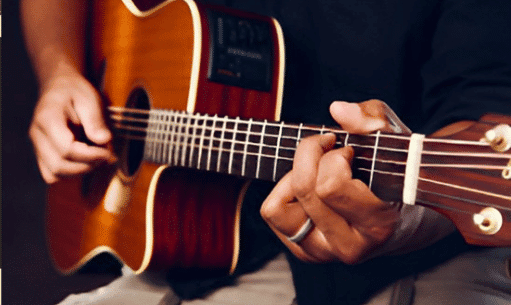
In this guide, we will cover the most important guitar techniques step by step, with clear examples and practice tips.
By the end of this guide, you will be able to:
Learn about guitar strings
Hold the guitar properly
Position your hands correctly
Strum and mute the strings
Change chords smoothly
Bend guitar strings for expression
Create drum patterns using your guitar
Understanding Guitar Strings
Guitar strings are the most important part of the guitar because they create the sound when you pluck or strum them. A standard guitar has six strings, each with a different thickness and sound. The strings are numbered from 1 to 6, starting from the thinnest string (bottom) to the thickest string (top).
The names of the six strings from thinnest to thickest are:
1st String – High E
2nd String – B
3rd String – G
4th String – D
5th String – A
6th String – Low E
The thinner strings produce higher-pitched sounds, and the thicker strings produce lower-pitched sounds.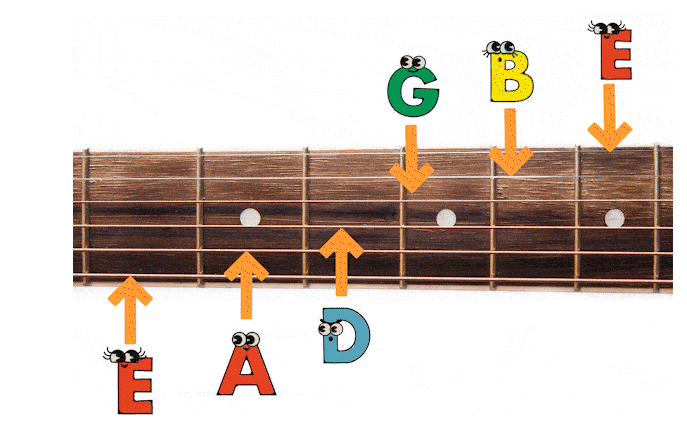
Helpful Tip:
To easily remember the string names, use this simple sentence:
Every Boy Gets Dinner At Eight
(E - B - G - D - A - E)
Do's and Don'ts for Guitar Strings:
Always keep your strings clean and wipe them after playing.
Replace old or rusty strings for better sound quality.
Do not press the strings too hard; it can hurt your fingers.
Tune your strings properly before playing.
Guitar Hand Positioning
Proper hand positioning is very important to play comfortably and avoid injuries.
Fretting Hand (Left Hand for Right-handed Players)
Place your hand on the guitar neck.
Keep your thumb behind the neck.
Keep your fingers arched and directly above the frets.
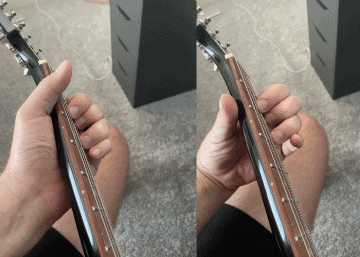
Example: If playing the first fret, your fingers should press just behind the metal fret wire.
Picking Hand (Right Hand for Right-handed Players)
Position your hand above the soundhole (acoustic) or near the bridge (electric).
Rest your wrist lightly for control.
Use your thumb and fingers or a pick to strum or pluck the strings.
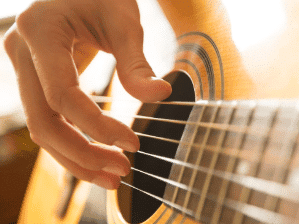
How to Strum the Guitar
Strumming is how you make the guitar sing.
Steps to Strum
Hold the pick between your thumb and index finger, with a little part of the pick sticking out.
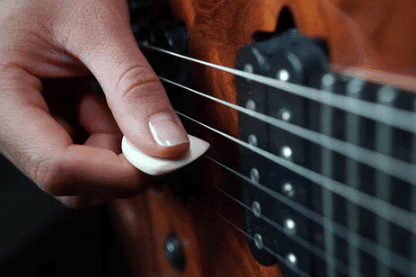
Keep your wrist relaxed. Move your hand up and down across the strings.
Start with a simple pattern – Down, Down, Up, Up, Down.
Tips to Improve Your Strumming
Use a metronome to keep the timing correct.
Play along with slow songs.
Control the dynamics by strumming softly and loudly.
Practice continuous up-and-down motion (alternate strumming).
Adding Mutes to Your Strumming
Muted strums add rhythm and groove to your playing.
Techniques
Palm Muting: Rest the soft part of your palm near the bridge. Strum while keeping the strings muted.
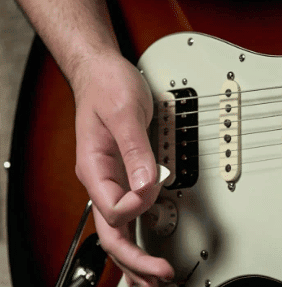
String Muting: Lightly touch the strings with your fretting hand without pressing them fully. Strum and hear a muted sound.
How to Change Chords Faster
Smooth chord transitions are key to playing songs without stopping.
Steps
Practice common chord changes such as G to C and D to A.
Think of the next chord shape before you change.
Play slowly first, then increase speed.
How to Bend Guitar Strings
Bending adds emotion and style to your playing.
Steps
Use your ring finger (3rd finger) for most bends.
Press the string behind the fret.
Push the string upward towards the ceiling.
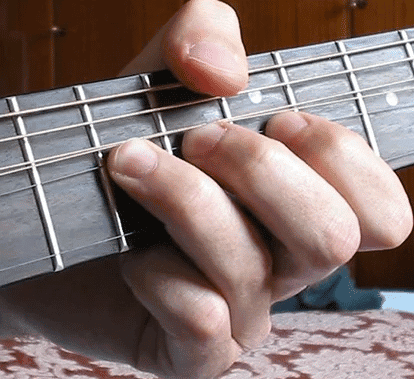
Listen carefully to match the desired pitch.
Using Drum Patterns on Guitar
You can mimic drum beats with your guitar strumming.
Technique
Bass Drum Sound: Use your thumb to strike lower strings (E, A, D).
Snare Drum Sound: Use your fingers to strum higher strings (G, B, E).
- Combine Patterns: Experiment with different drum patterns by alternating between bass and snare strumming techniques.
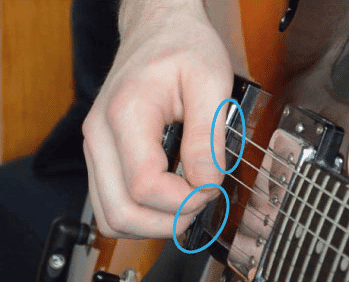 Example Pattern:
Example Pattern:
Beat 1 – Thumb (Bass)
Beat 2 – Fingers (Snare)
Beat 3 – Thumb (Bass)
Beat 4 – Fingers (Snare)
Do’s and Don’ts

Daily Practice Routine (20-30 minutes)
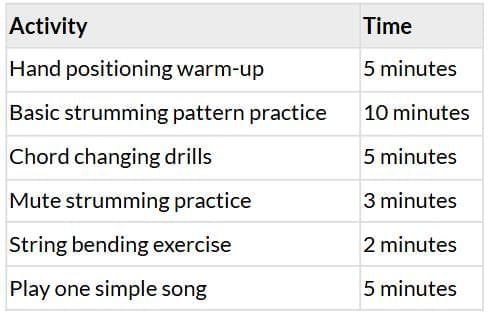
Summary
Mastering basic guitar techniques will help you play any song easily. Remember:
Good hand positioning makes playing easier.
Strumming and muting create rhythm and style.
Smooth chord changes are key.
Bending adds feeling.
Practice every day.
Enjoy your guitar journey.
|
80 videos|15 docs
|
FAQs on Basic Guitar Techniques - The Ultimate Guitar Course: From Beginner to Advanced - Class 6
| 1. What is the proper hand positioning for playing guitar? |  |
| 2. How do I strum a guitar effectively? |  |
| 3. What are some tips to improve my guitar strumming technique? |  |
| 4. How can I use mutes to enhance my guitar strumming? |  |
| 5. What techniques can help me change guitar chords faster? |  |

















